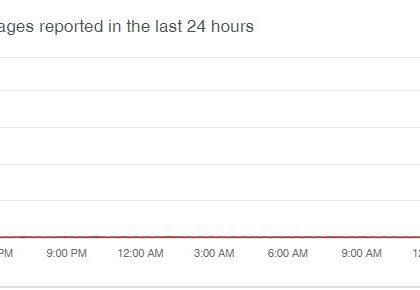BackSwap Trojan steals funds from your bank account [source: securityaffairs]
by CIRT Team
Security experts at ESET have spotted a new strain of banking trojan named BackSwap Trojan that implements new techniques to steal money from bank customers.
The new techniques allow the malware to bypass anti-malware solutions and security features implemented by browsers to prevent Man-In-The-Browser attacks.
Banking malware use to inject malicious code into the web page, either via the browser’s JavaScript console or directly into the address bar when the user access to the bank account. Injection mechanisms are the most popular techniques used by popular banking malware, including Dridex, Ursnif, Zbot, Trickbot, and Qbot.
Unfortunately for crooks, modern anti-malware are able to detect process injection activity and neutralize it, for this reason, cybercriminals are focusing their activities on more profitable malware such as ransomware and cryptocurrency miners.
The BackSwap Trojan overwhelms these obstacles using three completely new techniques that don’t tamper with the browser processes.
The first technique implemented by BackSwap allows the Trojan to detect when the user is accessing online banking services, the malicious code leverages a native Windows mechanism named the “message loop.”
“We have discovered a new banking malware family that uses an innovative technique to manipulate the browser: instead of using complex process injection methods to monitor browsing activity, the malware hooks key window message loop events in order to inspect values of the window objects for banking activity.” reads the analysis published by ESET.
“The malware monitors the URL currently being visited by installing event hooks for a specific range of relevant events available through the Windows message loop, such as EVENT_OBJECT_FOCUS, EVENT_OBJECT_SELECTION, EVENT_OBJECT_NAMECHANGE and a few others. The hook will look for URL patterns by searching the objects for strings starting with “https” retrieved by calling the get_accValue method from the event’s IAccessible interface.”
BackSwap simply taps into the Windows message loop searching for URL-like patterns, such as “https” strings and any other terms that are associated with bank’s website.
When the malware detects the browser is accessing the website of a bank it simulates key presses to perform the injection of the JavaScript appropriate for the corresponding bank.
“In older samples, the malware inserts the malicious script into the clipboard and simulates pressing the key combination for opening the developer’s console (CTRL+SHIFT+J in Google Chrome, CTRL+SHIFT+K in Mozilla Firefox) followed by CTRL+V, which pastes the content of the clipboard and then sends ENTER to execute the contents of the console. Finally, the malware sends the console key combination again to close the console. The browser window is also made invisible during this process – to regular users it might seem as if their browser simply froze for a moment.” reads the analysis published by ESET.
For more, click here.
Recommended Posts

Training on cybersecurity awareness for Department of Women Affairs
25 Nov 2023 - Articles, English articles, News, News Clipping, Service










